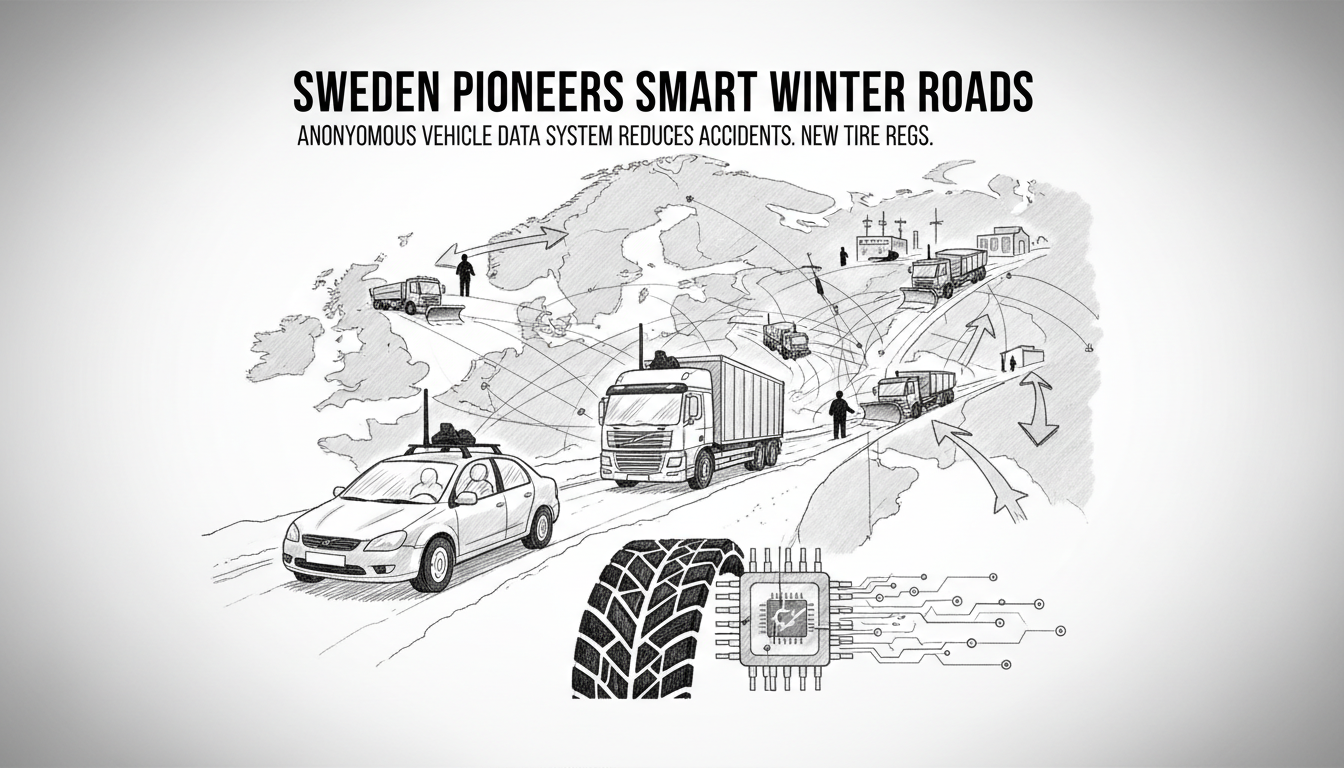Swedish transport authorities are deploying a novel approach to combat slippery winter roads. The method uses anonymous vehicle data to identify hazardous road sections before accidents occur. Linnea Viklund, a unit manager at the Swedish Transport Administration, explains the system's potential. She urges drivers to remain vigilant during challenging winter conditions.
The innovative system collects real-time data from modern vehicles. It monitors when safety systems like anti-spin technology activate. This information helps pinpoint exactly where roads become dangerously slippery. The data comes from newer Volvo, Volkswagen, Skoda and Seat models. All information remains completely anonymous and cannot be traced to individual car owners.
Sweden becomes the first country worldwide to implement this technology. The Transport Administration purchases the data and analyzes friction levels across road networks. This allows for more precise winter maintenance operations. Contractors can be dispatched earlier to problematic areas for snow clearing or salting.
The timing coincides with stricter winter tire regulations for heavy vehicles. Buses, trucks and trailers must now use winter tires between November 10 and April 10. This applies regardless of actual road conditions during this period.
Traditional road maintenance faces limitations during extreme cold. Salt becomes ineffective below -7 to -10 degrees Celsius. When temperatures drop further, roads can become icy despite treatment. This creates particularly dangerous situations with freezing rain on cold road surfaces.
The vehicle data system represents a significant shift in winter road safety strategy. Instead of relying solely on weather forecasts and physical inspections, authorities now access real-time vehicle responses. This provides direct evidence of how cars actually behave on specific road segments.
For international readers, Sweden's approach highlights the Nordic region's progressive transportation policies. The country invests substantially in road safety despite its challenging climate. This technology could eventually benefit other northern countries facing similar winter driving hazards.
The system's success depends on sufficient data collection from modern vehicles. As more cars join the connected vehicle ecosystem, the accuracy of slippery road detection should improve. This could lead to even more targeted and effective winter maintenance across Sweden's extensive road network.

